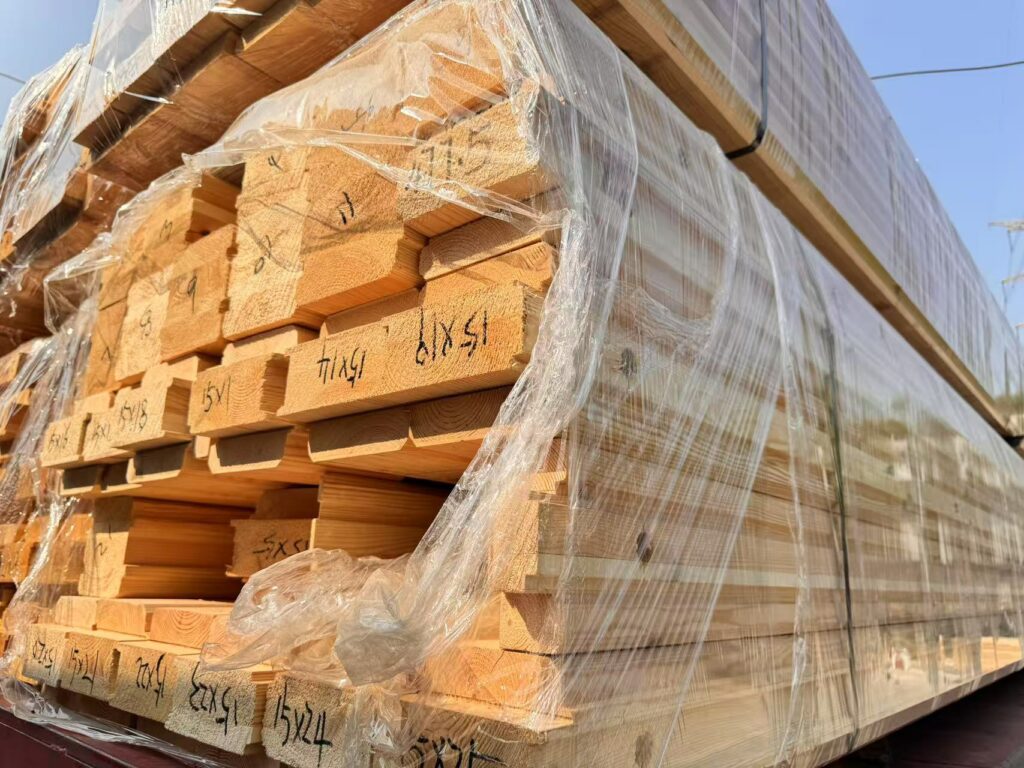This report summarizes the transportation work of wooden structure materials for the suburban log cabin community construction project. The transported materials include solid wood beams, glued-laminated timber components, wooden window grids, and carved decorative parts, with a total transportation volume of 120 cubic meters. The transportation route was from Linyi Wood Processing Industrial Park in Shandong Province to Wuxi Lakeside Construction Site in Jiangsu Province, covering a total distance of 680 kilometers. The transportation task was successfully completed on October 10, with no material damage or delays.
In the pre-transportation preparation stage, emphasis was placed on material protection and transportation plan formulation. All wooden materials were pre-treated: solid wood beams were coated with moisture-proof agent and wrapped in breathable waterproof film; fragile carved parts were packed with double layers of pearl cotton and cardboard; long components (single length over 6 meters) were supported by custom steel fixing frames. Meanwhile, the transportation route was planned based on material characteristics to avoid waterlogged sections in rainy seasons and congested construction areas. Three special freight vehicles equipped with constant temperature and ventilation systems (compartment temperature controlled at 15-25℃, humidity ≤60%) were used, and two drivers with over 5 years of experience in wooden structure material transportation were assigned to ensure transportation conditions met the storage requirements of wooden materials.
During transportation, full-process dynamic monitoring was implemented: vehicle location and driving speed were tracked in real time via GPS. Drivers were required to report compartment temperature, humidity, and material status every 2 hours. A short period of light rain was encountered during transportation; the driver promptly opened the compartment’s rain shelter and checked the waterproof film’s tightness, preventing material moisture. Upon arrival at the project site, joint acceptance was conducted with the supervision unit and construction team: material specifications and quantity were verified to match the delivery order; unpacking inspection showed no component deformation, cracking, or paint damage; 5% of solid wood beams were randomly sampled, with moisture content tested at 12%-14% (consistent with factory test data). After passing acceptance, materials were transferred to the on-site temporary warehouse (ventilated, dry, and stored 30cm above the ground), completing the transportation process. In conclusion, this transportation ensured material quality and efficiency through comprehensive protection measures and strict process control, laying a foundation for subsequent construction.





